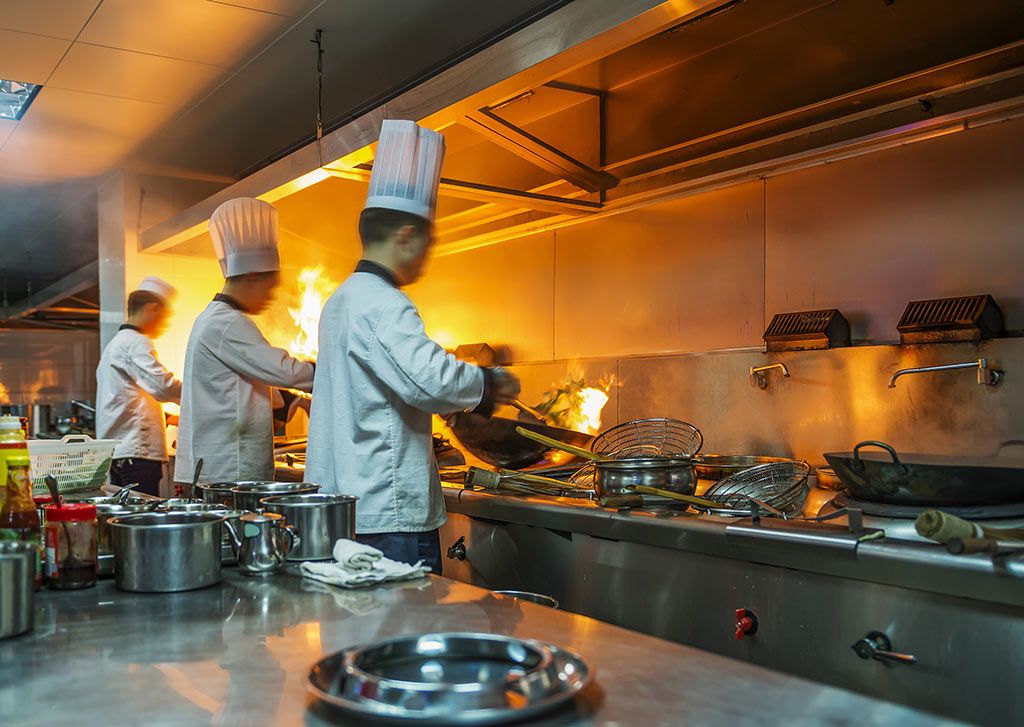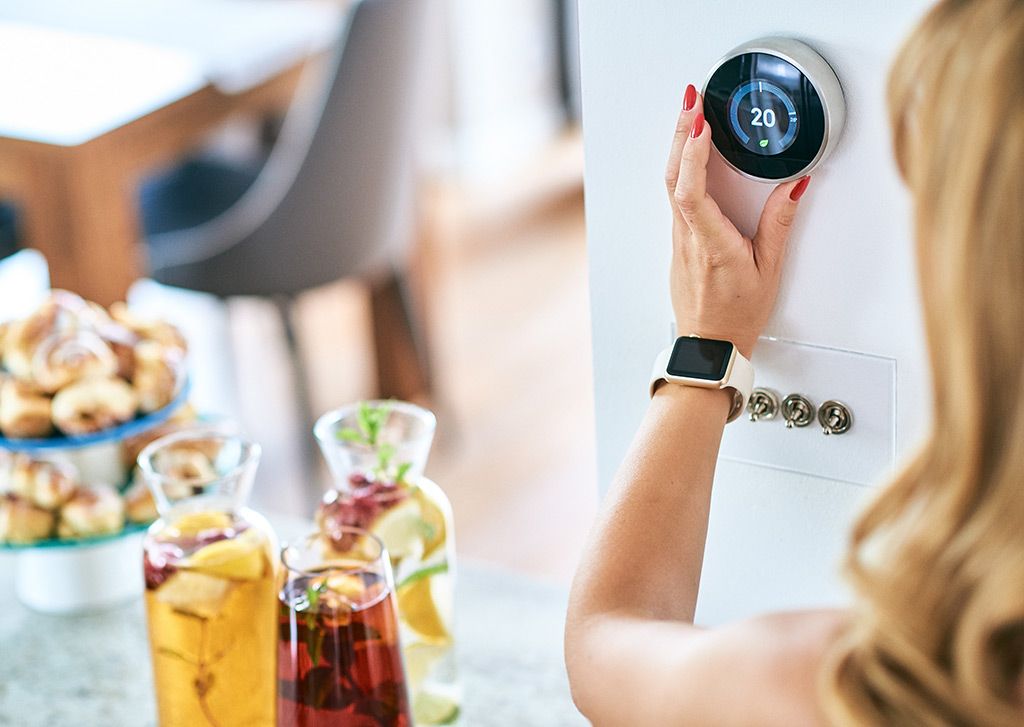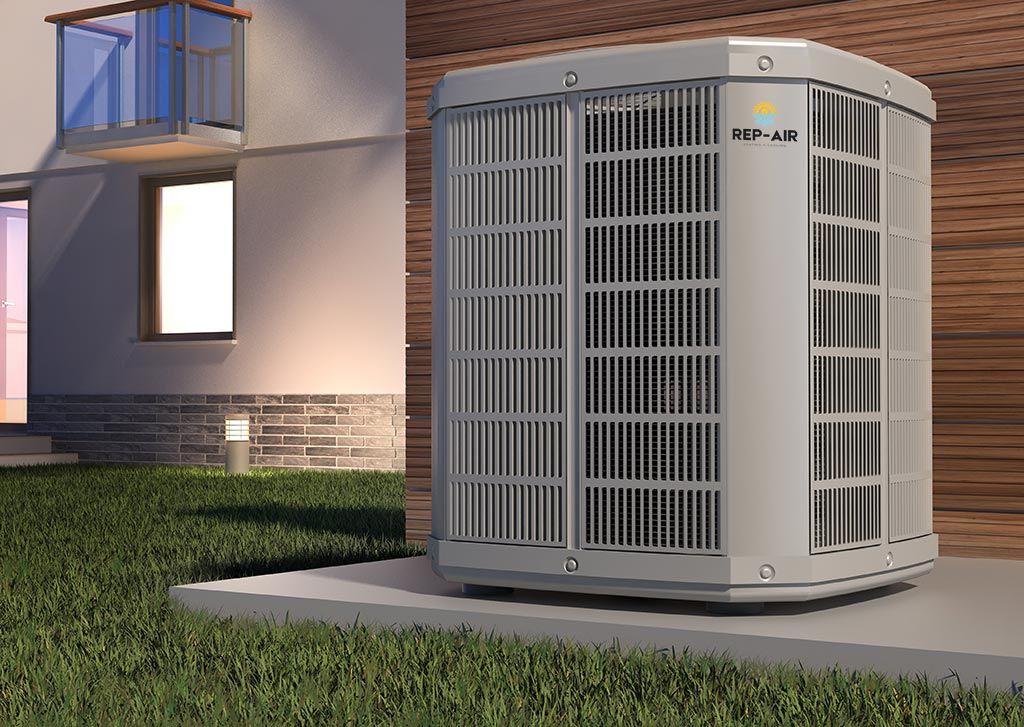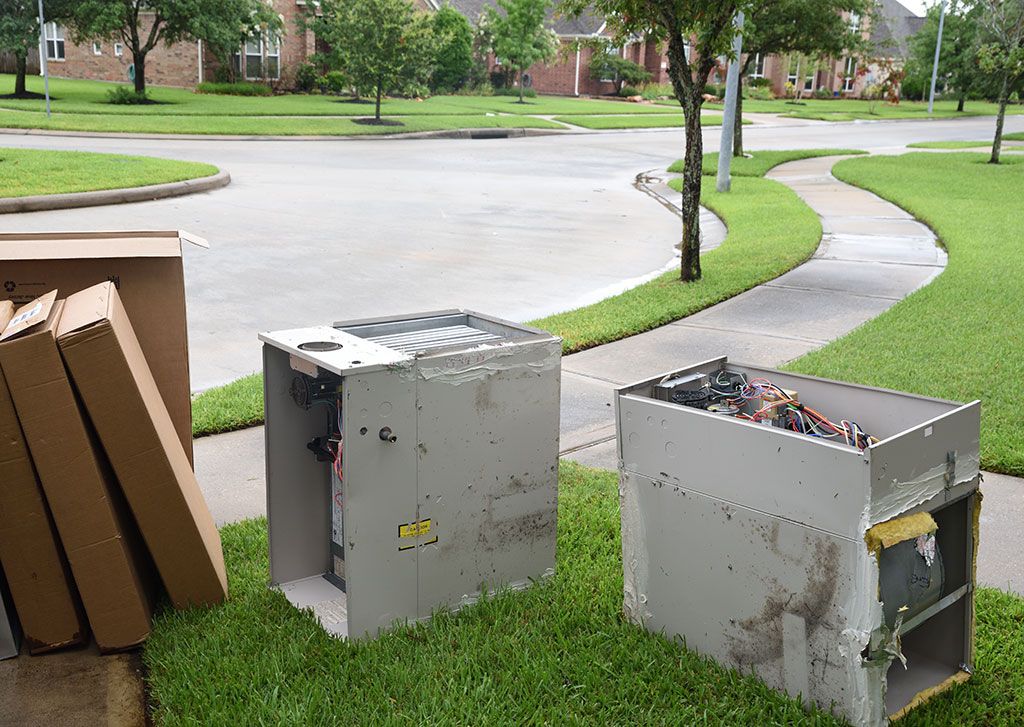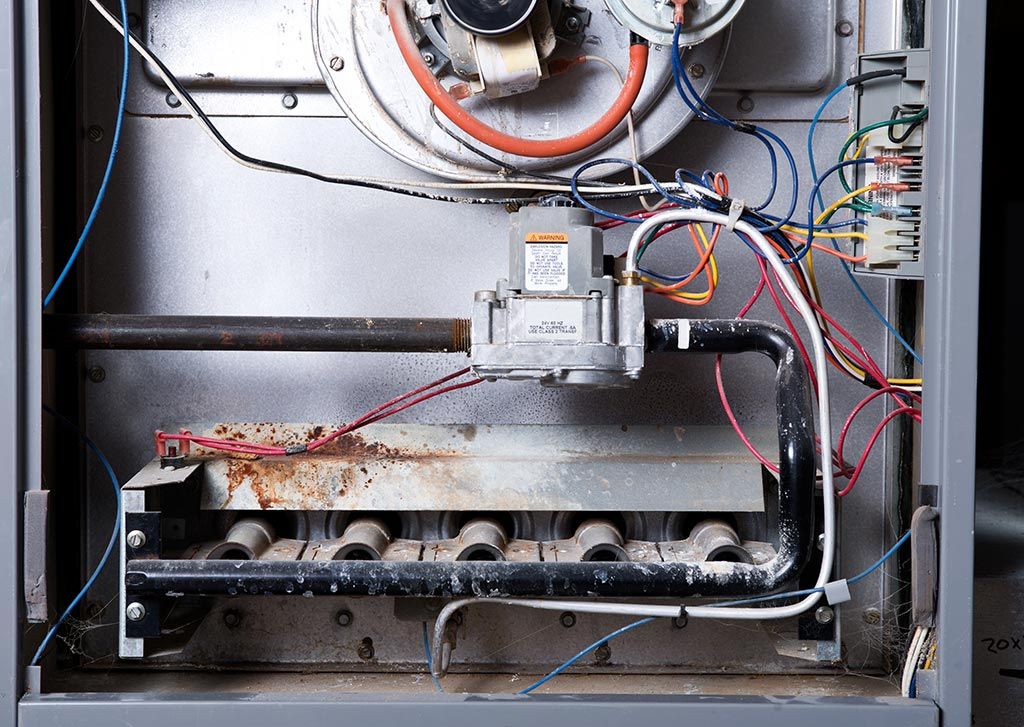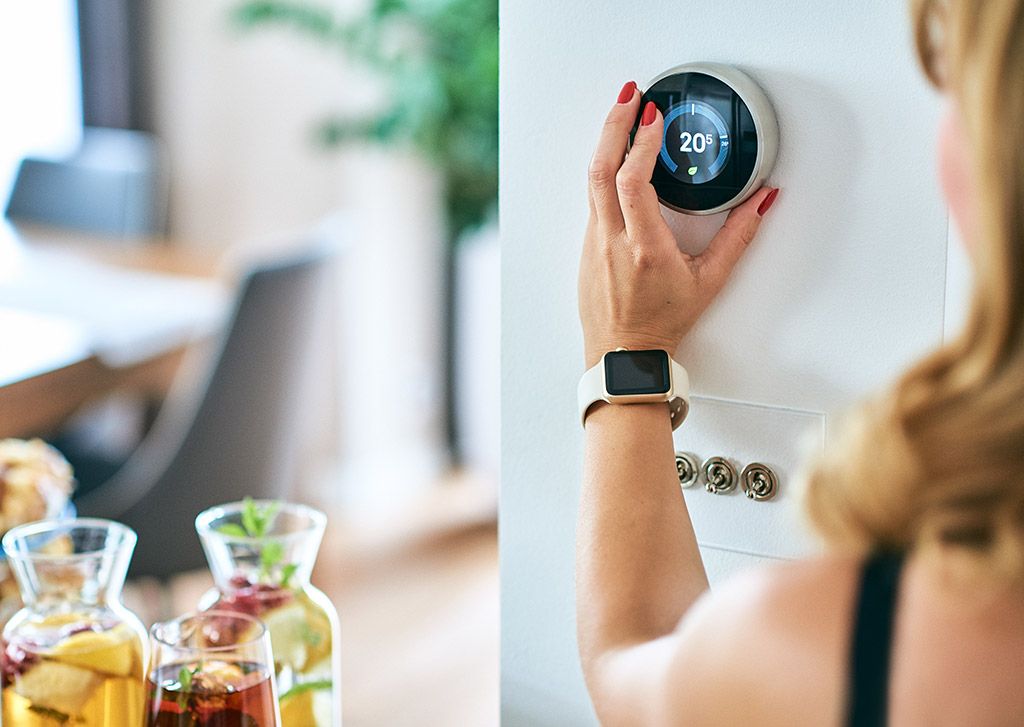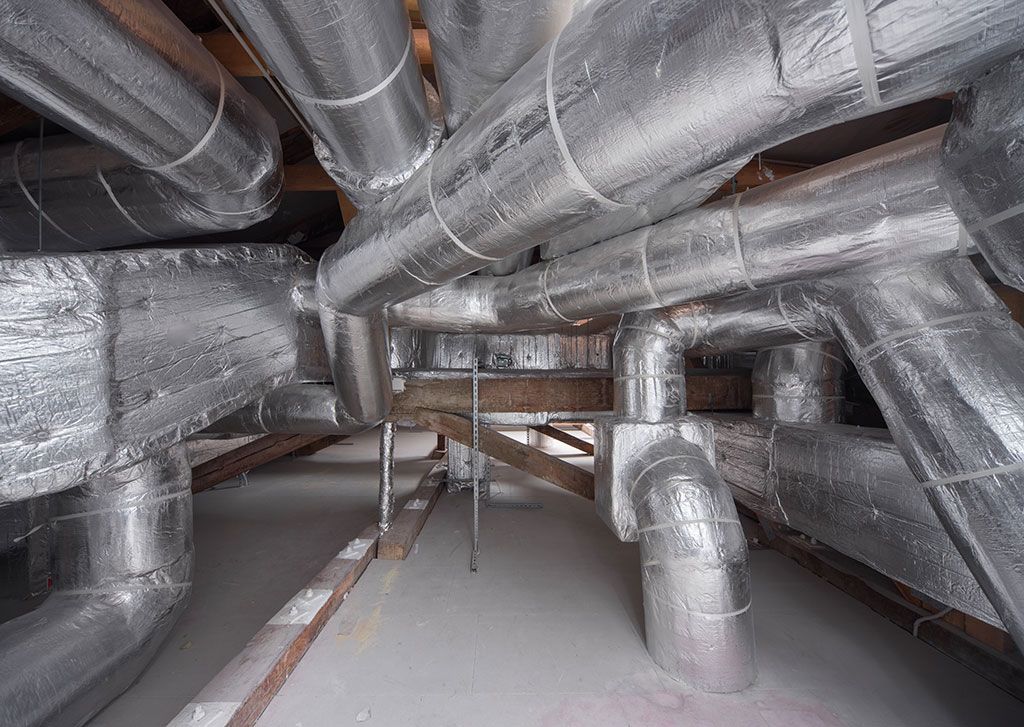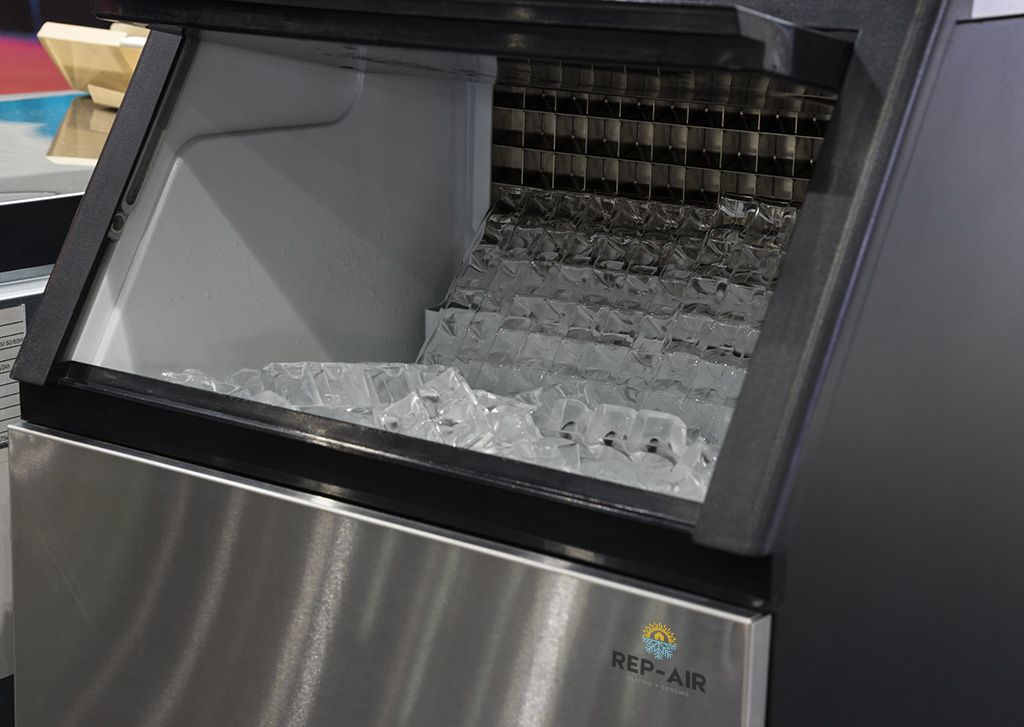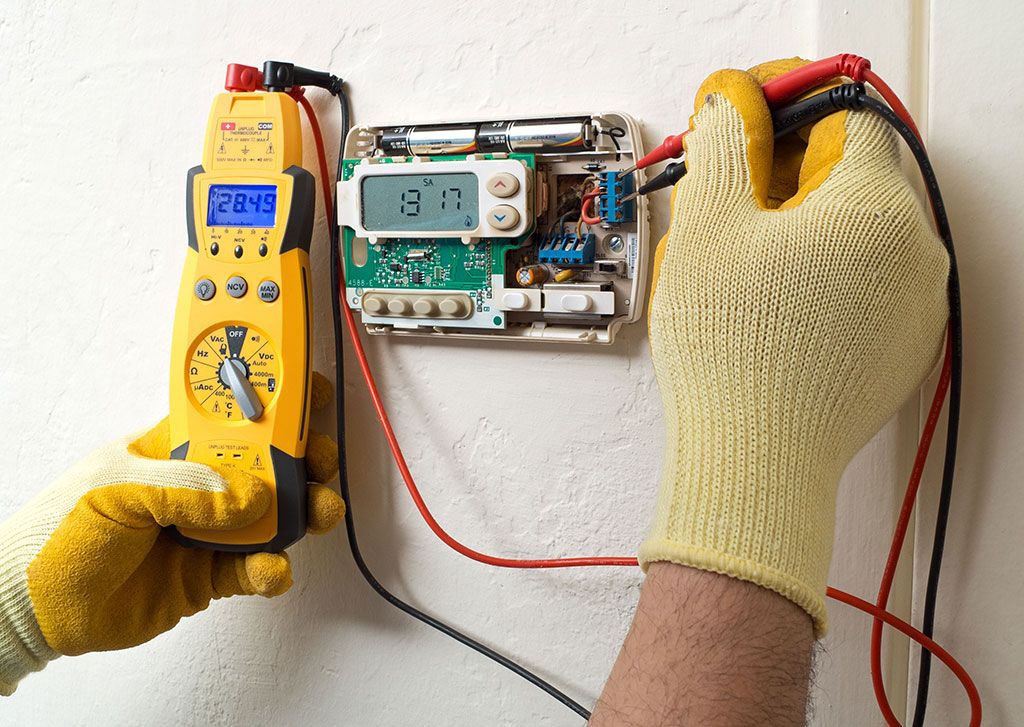Kitchen Cooling Solutions for Business Owners
No matter how classy or rustic the restaurant is, the summer season can make things a little too warm for both staff and customers. Commercial kitchens in particular are notorious for being heat traps when it’s summertime. Temperatures in front of the grill alone can rise up to 40 and 45 degrees Celsius (101 to 105 Fahrenheit)!
The only way to combat the sweltering heat in the kitchen is to use a combination of hydration, ventilation, and circulation. Here are some other effective cooling solutions for commercial kitchens.
HVAC
Efficient HVAC can provide the foundation needed for proper cooling methods. The best unit will offer the necessary temperatures to keep the back of the restaurant cool and to control the air quality and dust in the kitchen and customer areas. Having proper HVAC installed can also enable chefs or cooks to hold food at safe food-handling temperatures longer, ensuring that the quality of the food does not lessen any.
Ventilation
There are two types of vents that must be present in a commercial kitchen for cooling purposes: necessary and general. The most necessary vents are exhaust hoods, which capture and filter out heat, smoke, fumes, and undesired particles, allowing air conditioning to perform at its most optimum level. General ventilation is usually a mix of air flow from several sources including a rooftop intake unit or properly screened open doors and windows to ensure insects and other pests don’t invade the food preparation areas.
To keep heat to a minimum via ventilation, you can do the following:
- Get professional advice on whether to get a new exhaust hood installed or retrofitted. These are subject to health department inspections, so an upgrade will pay off.
- Shade or shutter any windows in the kitchen that are fully exposed to sunlight.
- Open the windows in the cool morning or later in the evening to allow fresh, cool air to come in. Make sure these windows are screened to prevent insects from entering (if there are none, leave them closed).
Fans
Using a combination of fans can help you discover the best spots for optimal circulation in the commercial kitchen. Try placing one fan on the floor with another placed on a steady surface overhead—the top of a refrigerator, for example. Always aim your fans away from food pick-up and prep areas as blowing away air can also scatter and blow away lighter foods such as greens and garnishes. For window fans, facing out can clear out hot air; facing in, they can stream in a cool breeze. You must always keep these fans’ blades, guards, and boxes free of dust though, otherwise you’ll have a health problem on your hands.
Other cooling solutions
If your commercial kitchen already has the aforementioned cooling solutions in place and things still get a little too warm, these other cooling solutions may help.
- Thermometers around the kitchen can tell you when things are getting too hot to handle. Monitor them in food preparation and pick-up areas.
- Educate your kitchen staff about heat-related illnesses and the signs to watch out for, including nausea, dizziness, and headaches, plus how to prevent overheating.
- Encourage your staff to drink lots of water while on shift as opposed to dehydrating caffeinated drinks, and to take their breaks in shaded and cool areas.
- Allow your staff to pop in and out of the walk-in cooler for a few minutes; this can refresh even the most exhausted staff member.
- Schedule deliveries to your restaurant in the morning, before the heat of the day soars up.
Having these solutions in place will keep your staff productive and your inventory up to par with health inspector standards. If you need new HVAC solutions installed for your commercial kitchen, or you need assistance with getting your old equipment replaced, give us a call. At Rep-Air Heating And Cooling we provide our customers with many options that will best suit your needs from heating and cooling to refrigeration. Contact us today for your complimentary quote: 1-778-728-1476 or contact@repairheatingandcooling.comand don’t forget to take a look at our website: https://repairheatingandcooling.com. Follow us on Facebook and Instagram for free giveaways

